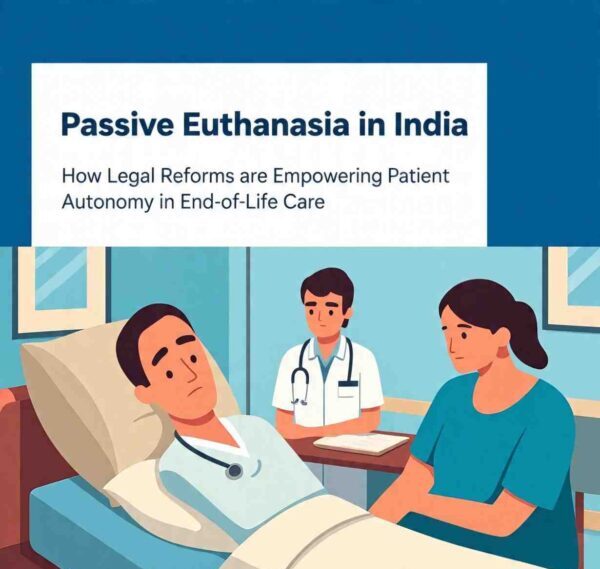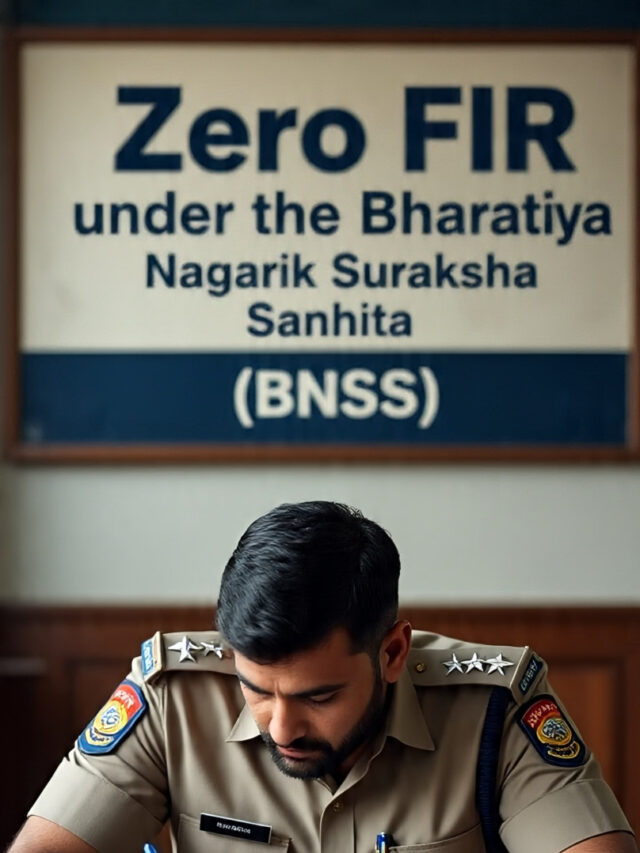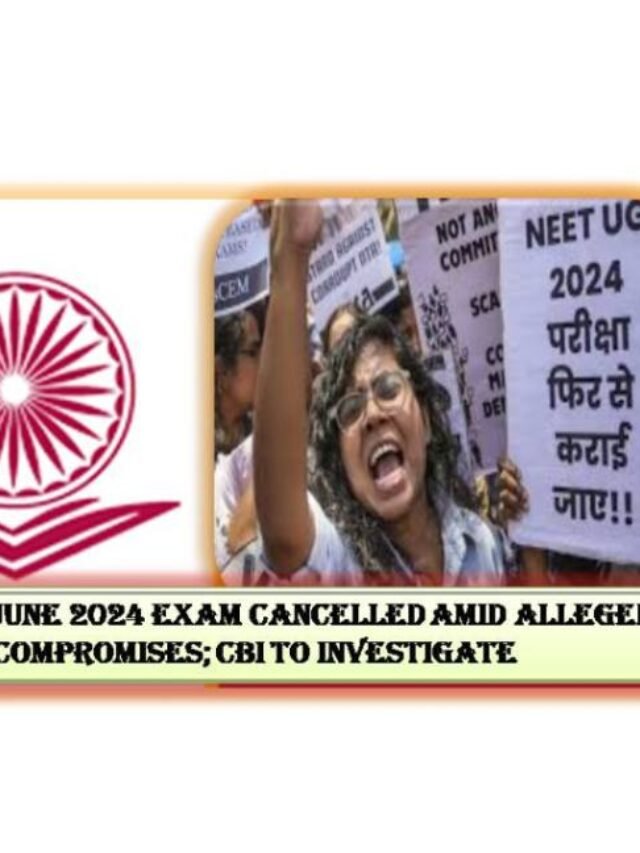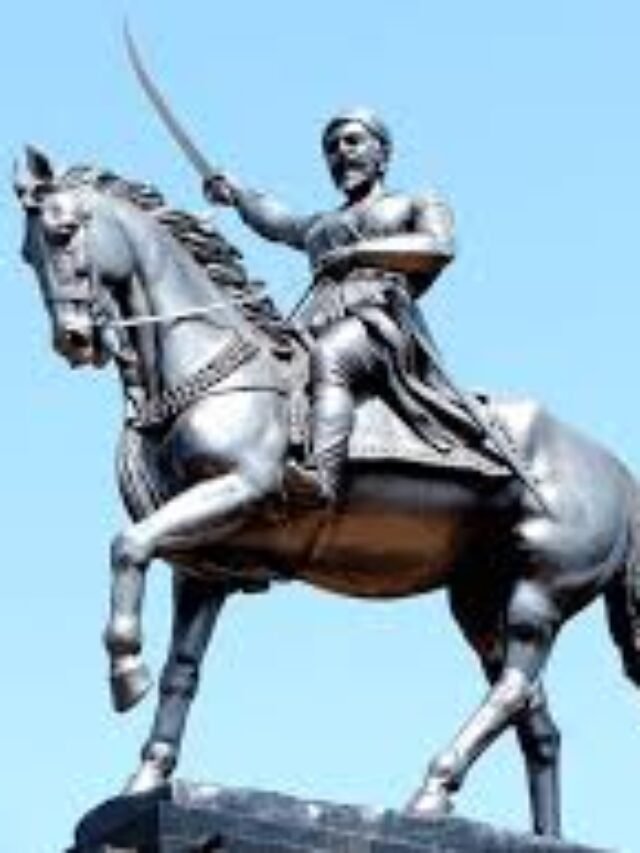Explore how India is evolving its legal framework around passive euthanasia, emphasizing patient autonomy and streamlined protocols for end-of-life care. Learn about landmark judgments, current laws, challenges, and future directions shaping compassionate healthcare in India.
Passive Euthanasia and End-of-Life Care in India: A Legal Evolution Empowering Patient Autonomy
End-of-life care and euthanasia have long been sensitive and complex issues across the world, with India gradually stepping into a more compassionate and legally defined approach. Particularly, the concept of passive euthanasia—allowing the withdrawal or withholding of life-supporting treatments—is witnessing significant legal developments aimed at protecting patient rights, especially autonomy and dignity, while ensuring medical and ethical safeguards.
Understanding Passive Euthanasia
Euthanasia is the act of deliberately ending someone’s life to alleviate their pain and suffering. It is broadly categorized into two types:
- Active Euthanasia: Active euthanasia involves intentionally taking steps to end a person’s life, such as giving a lethal injection.
- Passive Euthanasia: Withholding or withdrawing medical treatment necessary for sustaining life, such as turning off a ventilator or stopping feeding tubes.
While active euthanasia remains illegal in India, passive euthanasia has been recognized under specific conditions, following extensive judicial interpretation.
Landmark Judgments Shaping Passive Euthanasia in India
India’s judicial system has played a critical role in carving out the legal space for passive euthanasia, balancing ethical dilemmas with constitutional rights.
1. Aruna Shanbaug Case (2011)
The Supreme Court’s 2011 judgment in the Aruna Shanbaug case was a watershed moment. Aruna Shanbaug was a nurse who had been in a vegetative state for decades after a brutal assault. The court allowed passive euthanasia under strict guidelines but denied the plea for active euthanasia.
The court ruled that:
- Passive euthanasia could be permitted when the patient is in a persistent vegetative state or terminally ill.
- Such decisions must be approved by the high court after consulting a medical board.
- The right to life under Article 21 of the Constitution includes the right to live with dignity, implying a right to die with dignity in certain cases.
2. Common Cause vs Union of India (2018)
In 2018, the Supreme Court expanded the scope of passive euthanasia by recognizing the validity of Advance Medical Directives (AMD) or “living wills.” This means competent individuals could declare in advance their wish not to be kept alive through artificial means if they became terminally ill or incapacitated.
The Court emphasized:
- Respect for patient autonomy—the right to decide about one’s own body and treatment.
- Clear procedural safeguards to avoid misuse, including review by medical boards.
- The decision to withdraw life support must be free of coercion.
This judgment strengthened the legal framework, giving patients more control over their end-of-life care.
Current Legal Framework and Procedural Guidelines
Following these rulings, the Indian government and judiciary have worked to simplify and clarify the procedures involved in passive euthanasia:
- Medical Boards: Hospitals must constitute multidisciplinary medical boards to assess the patient’s condition and advise on the withdrawal of life support.
- Advance Directives: The legal recognition of living wills means that patients can pre-record their wishes regarding end-of-life treatment.
- Court Oversight: While earlier rulings required high court approval, efforts are ongoing to delegate authority to hospital ethics committees to expedite decisions, avoiding delays that can prolong suffering.
- Ethical Codes: Medical professionals are encouraged to follow ethical guidelines laid down by bodies such as the Indian Medical Council, emphasizing compassion, consent, and patient welfare.
Challenges and Concerns
Despite progress, several challenges remain in India’s passive euthanasia and end-of-life care framework:
- Awareness and Accessibility: Public knowledge about advance directives is limited, and many patients or families are unaware of their legal rights.
- Medical Infrastructure: Many hospitals, especially in rural areas, cannot form medical boards or enforce procedural safeguards.
- Cultural and Religious Sensitivities: End-of-life decisions intersect deeply with cultural, religious, and familial beliefs, sometimes leading to conflicts.
- Legal Ambiguities: Though the Supreme Court has clarified much, there is still no dedicated legislation passed by Parliament explicitly governing euthanasia and living wills.
- Fear of Misuse: Safeguards are necessary to prevent potential abuse, such as coercion of vulnerable patients or denial of treatment.
The Road Ahead: Towards Compassionate and Patient-Centric Care
India’s evolving legal framework reflects a broader shift towards patient-centered healthcare that respects autonomy, dignity, and informed consent.
Legislative Developments
There are ongoing calls for Parliament to enact comprehensive legislation that:
- Clearly defines passive euthanasia and sets uniform procedures.
- Provides legal backing for advance medical directives.
- Protects medical practitioners from legal liabilities when acting in good faith.
- Addresses gaps related to the withdrawal of artificial nutrition and hydration.
Public Awareness and Education
Efforts by legal activists, healthcare providers, and NGOs focus on:
- Educating citizens about their rights regarding end-of-life care.
- Training medical professionals on ethical and legal protocols.
- Promoting open conversations about death, dying, and patient wishes.
Integration of Technology
Technology can play a role by:
- Digitally storing advance directives accessible across healthcare settings.
- Telemedicine consultations to facilitate ethical committees’ decisions.
- AI-powered tools assist in prognosis to inform decisions on the withdrawal of life support.
Conclusion
India’s journey toward legal recognition and regulation of passive euthanasia is a significant step in ensuring that the terminally ill and incapacitated can exercise their right to die with dignity. While active euthanasia remains off the table, the legal acceptance of withdrawing life support and honoring advance medical directives marks a compassionate balance between ethics, law, and medicine.
As the country refines these laws and protocols, the focus remains on empowering patients, safeguarding against abuse, and enabling healthcare providers to deliver care that respects the deepest human values of autonomy and dignity.

























